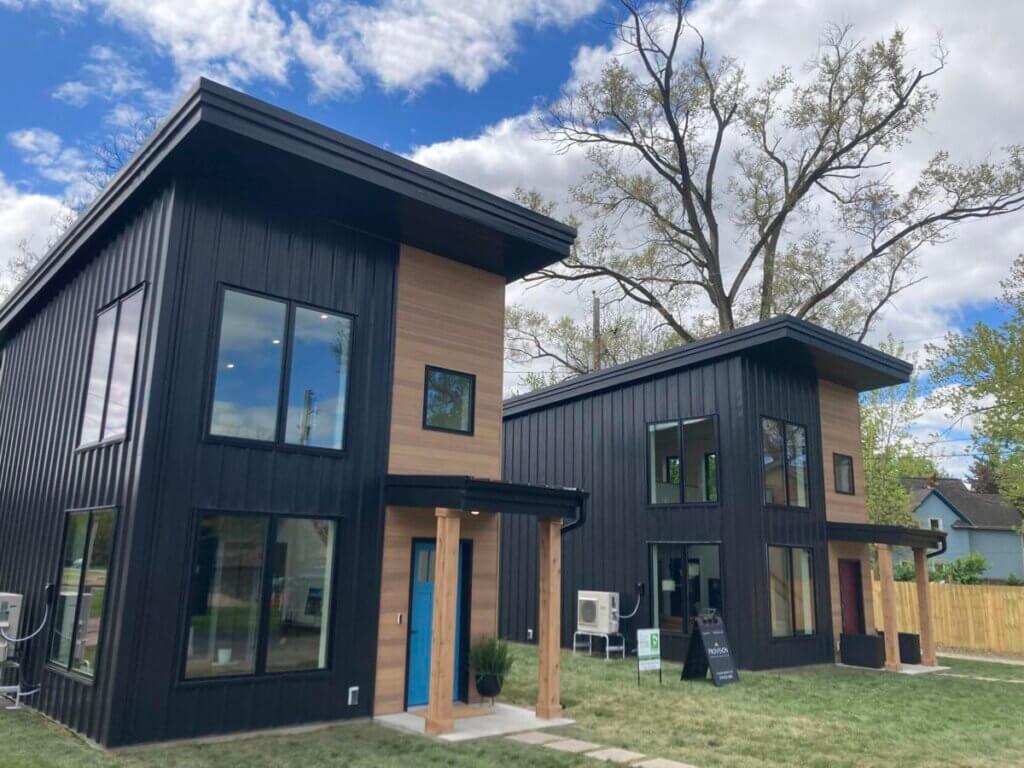Strengthening Feasibility Studies for Inclusionary Housing Policies
Published On December 21, 2018
Paired with other public investments and financing products, inclusionary zoning policies can increase the supply of affordable housing, particularly in high-cost regions.
Inclusionary policies work by requiring or offering incentives to developers to include below-market-rate (BMR) units in new housing developments, or pay a fee to an affordable housing fund in the city’s budget. These policies also can include offsets to developers, such as density bonuses or permitting streamlining. As Grounded Solutions Network and Lincoln Land Institute identified in a recent study, over 800 jurisdictions in the United States currently have inclusionary zoning programs.
Yet these policies can be controversial, and require a sensitivity and responsiveness to market economic conditions to ensure that inclusionary policies maximize the number of affordable units without yielding negative impacts on the production of new housing.
To determine what inclusionary ratios can achieve policy goals while working with the costs of building (meaning a project would still pass an acceptable “hurdle rate” for profit), cities often undergo feasibility studies to identify the economic conditions that typical projects face. But no agreed-upon set of professional best practices exists for these studies, and there is criticism that the studies can be expensive, time-intensive, and don’t necessarily capture the “real-time” insights into market conditions that cities need for optimal decision-making.
This summer, the Terner Center, Grounded Solutions Network, and the Lincoln Land Institute convened a group of stakeholders for an exploration of the current and prospective “best” practices in feasibility study methodology. We brought together consultants who produce feasibility studies, academic researchers who study housing economics, and nonprofits and public agencies who commission and use the studies.
A full report and summary of these conversations are now available on Grounded Solutions Network’s inclusionary housing website.
For the most part, it is clear that there is currently a great diversity in feasibility study methodology and metrics, and no single approach is considered standard or best practice. Participants agreed that this is justifiable in part because methodologies should reflect the real, specific circumstances of a market–and often its submarkets.
Yet, the convening participants did agree that feasibility studies should be transparent in their documentation and should be, as much as possible, replicable. They also agreed that, too often, feasibility studies are taken as a red or green light for inclusionary zoning, whereas the studies should be treated more as one element in determining which policies are best-suited to increasing housing affordability in a city. Finally, the convening also made clear that there is appetite for new online resources–like the Terner Center’s housing development dashboard or Grounded Solutions Network’s Inclusionary Housing Calculator–that offer accessible and transparent tools to help cities and decision-makers better understand and fine-tune the impacts of inclusionary zoning policies in the context of their local markets.
Overall, this new report represents a step towards providing the necessary resources and documentation to improve feasibility studies and, more importantly, the inclusionary policies that they help to calibrate.





